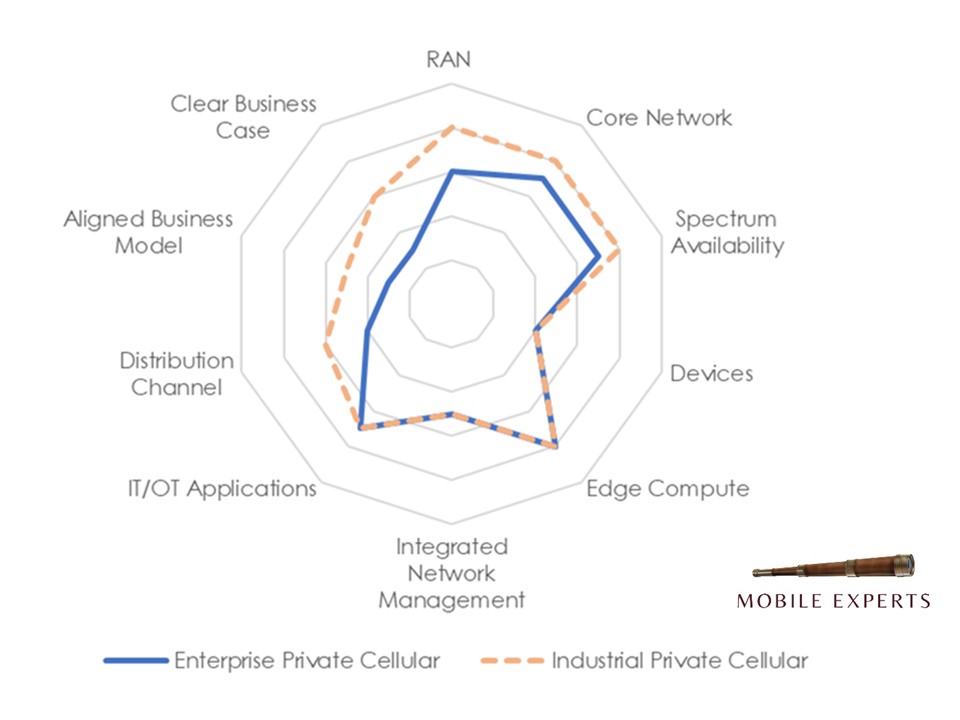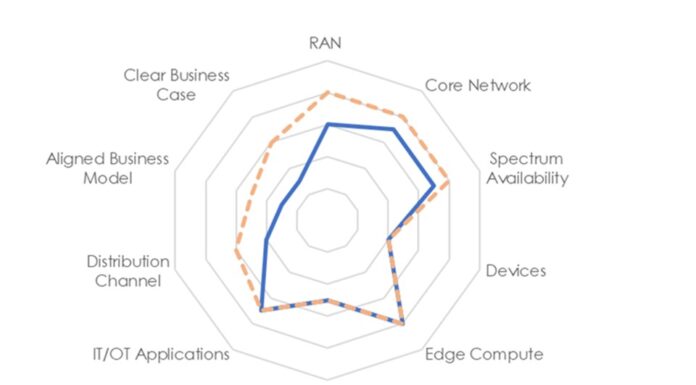Recently I was talking with a friend about the need for the mobile industry to pivot. If we can successfully pivot from the consumer to the enterprise, then the industry can grow for the next 20 or 30 years.
But as we talked, I realized how rare it is for an industry to start with a large consumer market and then (30 years later) grow a major enterprise revenue stream. Consider some other examples:
- The PC market grew as a consumer business after a major computing business had already existed for decades in the enterprise world.
- Edison supplied electricity to homes and businesses equally from the beginning.
- Wired telephone service has always been fairly undifferentiated between consumer and business users. Some PBX products are sold to enterprises but the external service is the same for everyone.
- Henry Ford sold the Model T to both consumers and business customers from the beginning, but enterprise-only products like large trucks came later.
The automotive industry seems to be the best example of a consumer market that branched out to spawn a serious enterprise-focused segment after the initial growth. Although Karl Benz built the first diesel truck in the 1890s, commercial success was very weak due to insufficient power.
Larger engines with significant horsepower were a serious challenge for the industry at that time: to get a big engine started, a hand crank was impractical. The weight of a large chassis and the horsepower to carry a heavy load were difficult challenges. Overheating and other issues prevented scaling up the engine easily. After World War II, the Americans developed gasoline engines with Ford introducing the Model 18 in 1932 using an 8-cylinder engine. In Germany, Karl Benz teamed up with Rudolf Diesel and Gottlieb Daimler to invent electric starters, and scale up to 8-cylinder engines.
Consider the timeline: the consumer automotive market started serious growth in 1908 with the Model T. Of course, the Model T was used by business customers, just as smartphones are used by business users today. It was 24 years after the Model T that the enterprise (trucking) market finally found a working formula and began to diverge from the consumer market.
For those working in mobile technology, we should take this history lesson as a warning. It’s not going to be so easy to adapt the 4G/5G network to enterprise customers.
The automotive market needed the electric starter, lighter chassis, and 6-to-8-cylinder engines to successfully launch a new enterprise product line. In addition, enterprise customers couldn’t use heavy trucks until the roads had been paved. While asphalt paving started in small pockets in the 1880s, only in 1923 was the first ‘coast to coast paved road’ completed in the United States. It’s no wonder that trucks didn’t succeed as a product until 1932.
In the mobile market, we need edge computing, IoT devices, and IT/OT integration software to enable private cellular. My partner Kyung has come up with a diagram to show how multiple aspects of technology and business model must come together for Private Cellular to grow in each business market. We call this the “Readiness Wheel”.

Today, the “wheel” is not really round enough for the market to “roll”. We still need improvements to IoT devices, IT/OT software, and network automation. We need to agree on the business models for various vertical markets. These are like the electric starters and paved streets of the trucking business in the 1920s.
At Mobile Experts, we’re now tracking strong growth in private cellular. Just like the automotive market, pivoting to a new market is not as simple and easy at it may seem. We are starting to turn the corner, and success with the early adopters is now starting to lead to growth for mainstream customers.

